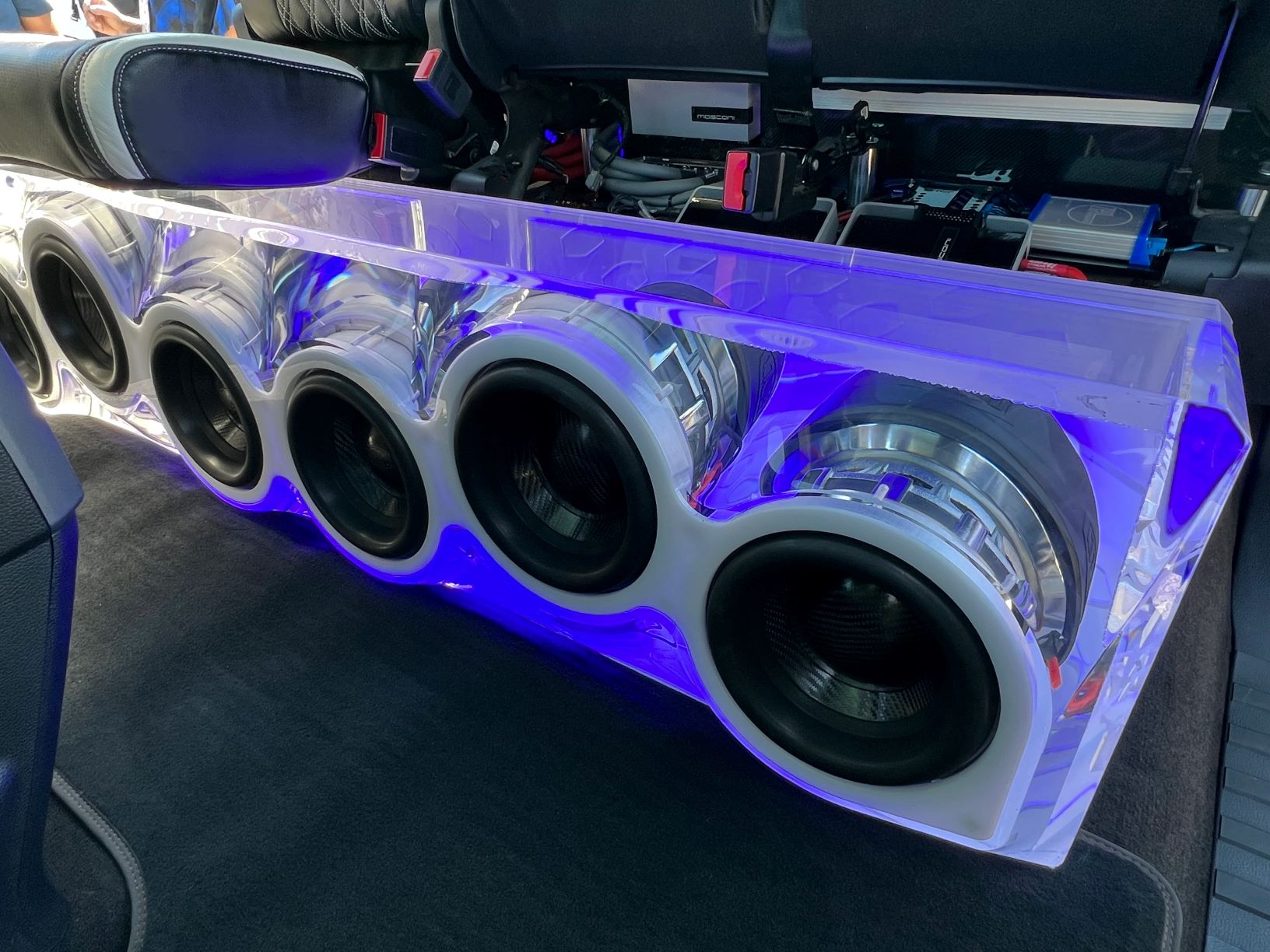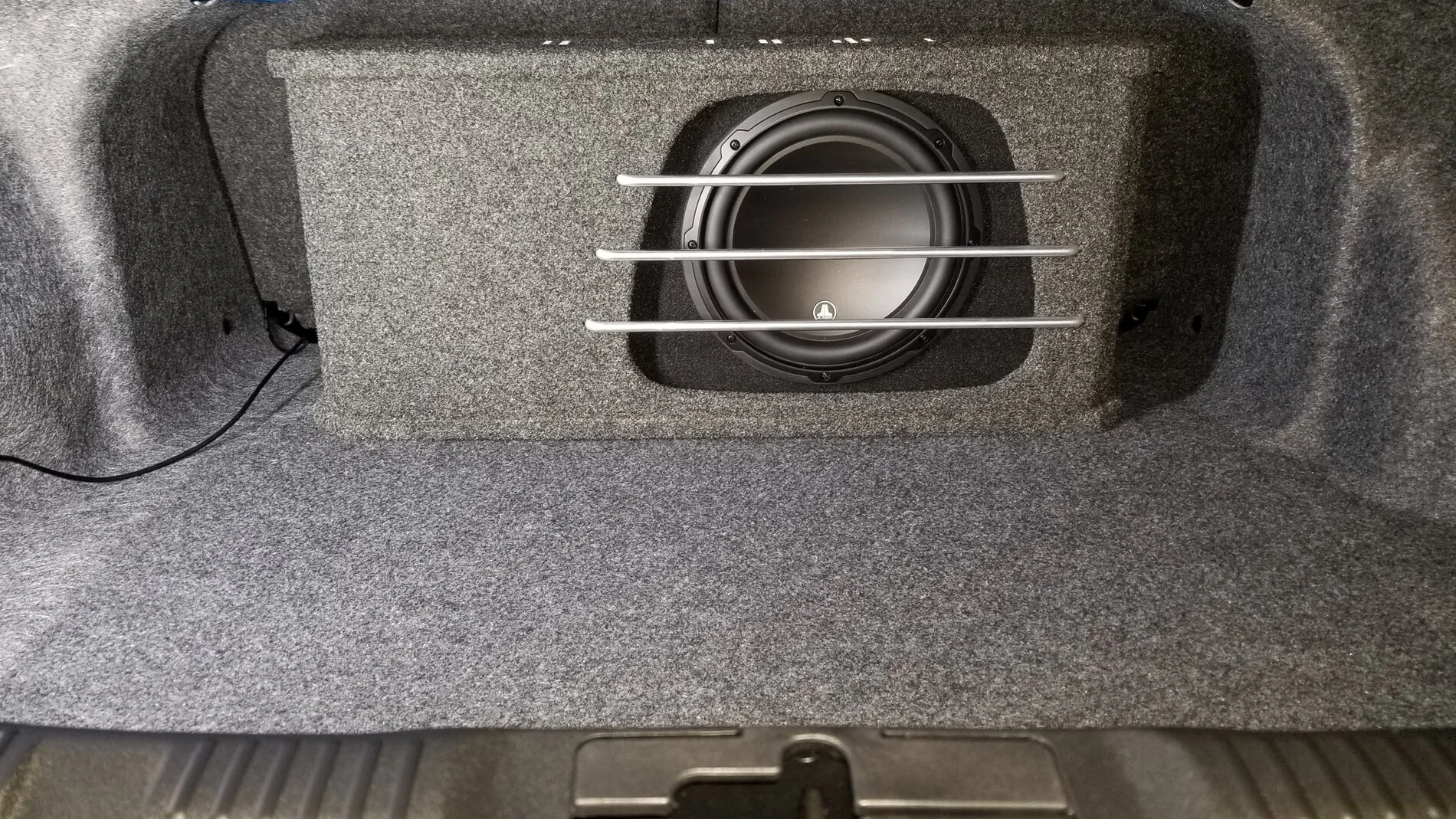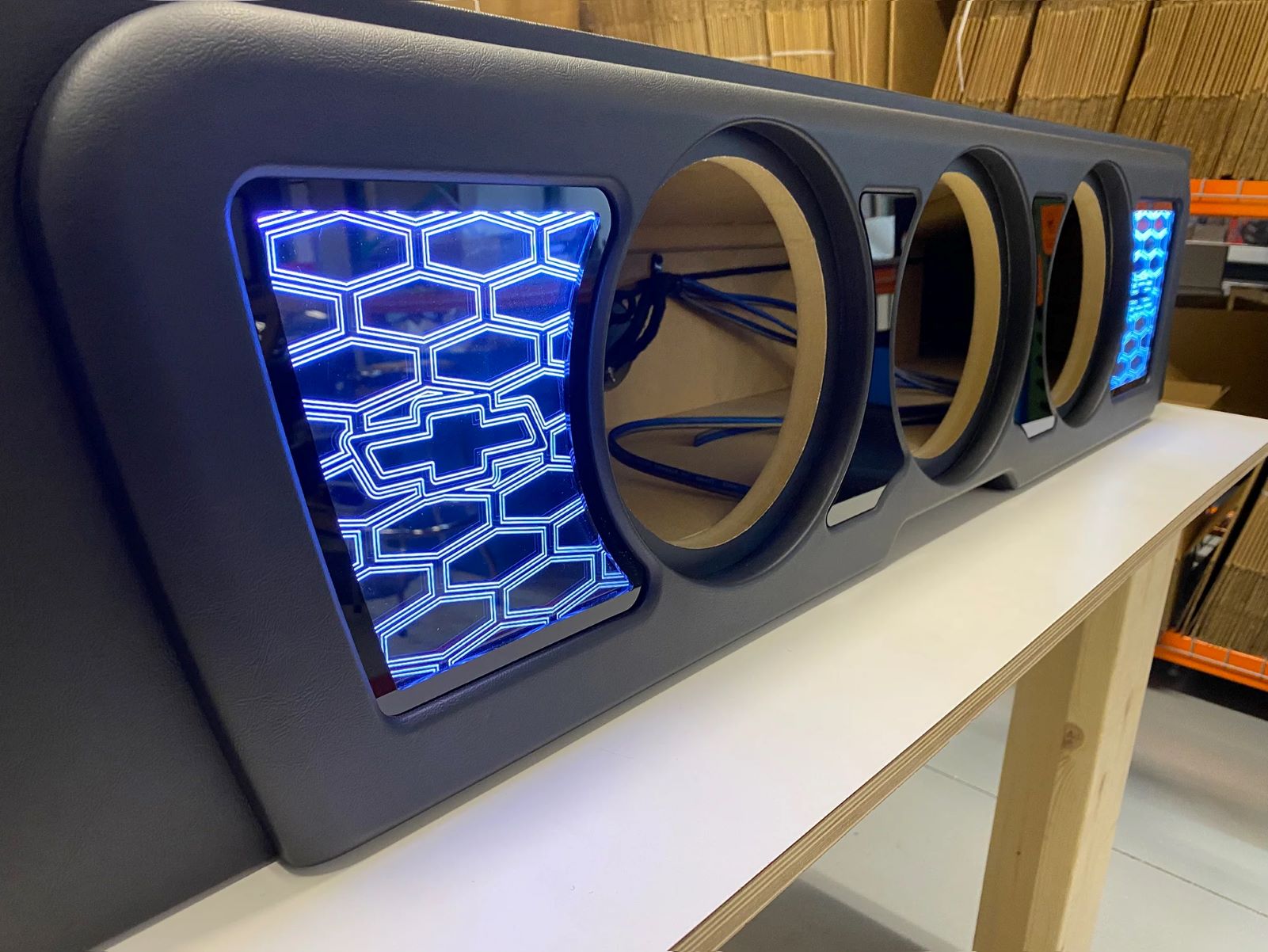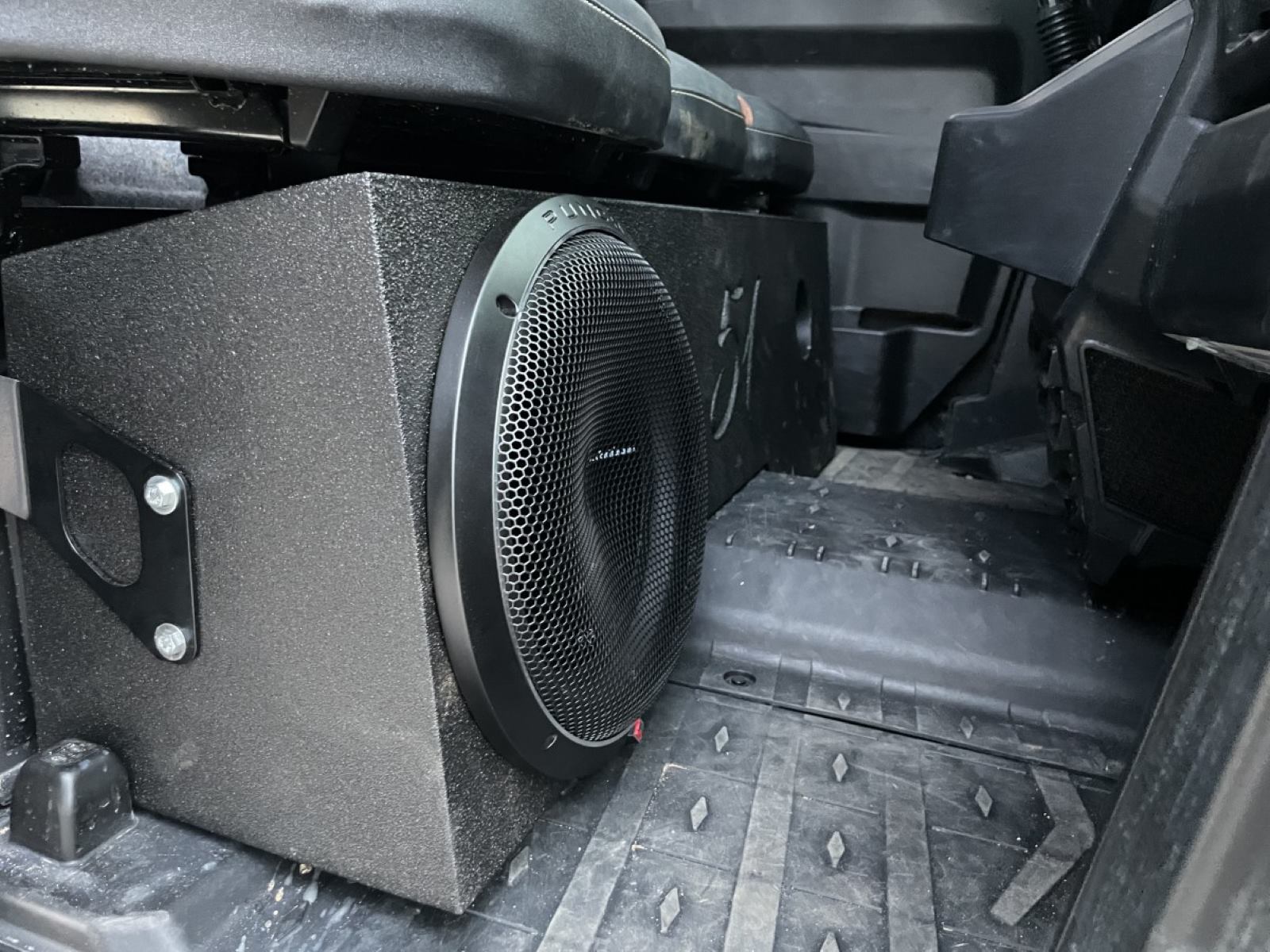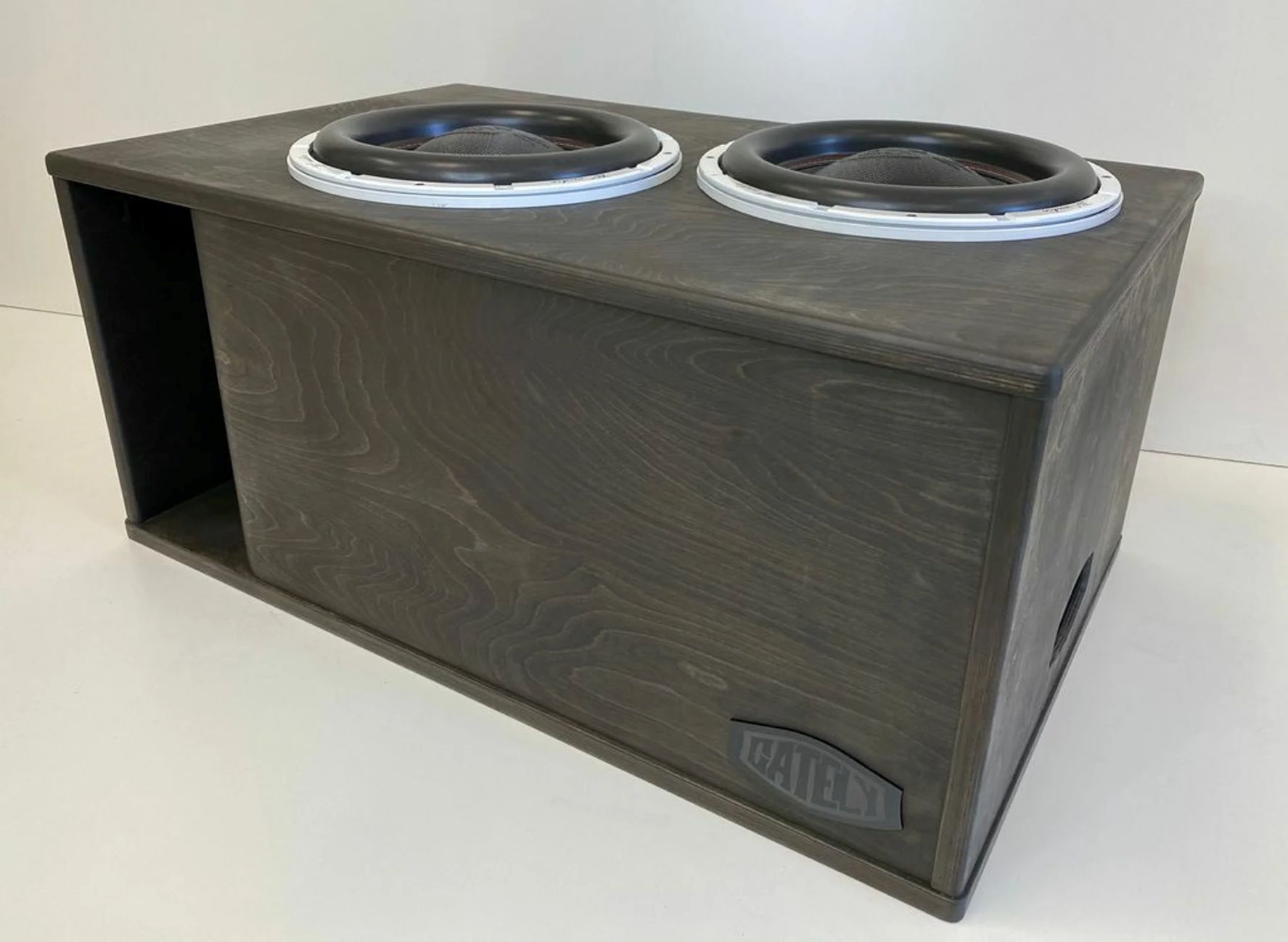Home>Devices & Equipment>Subwoofer>What Is Better Sealed Or Ported Subwoofer Box
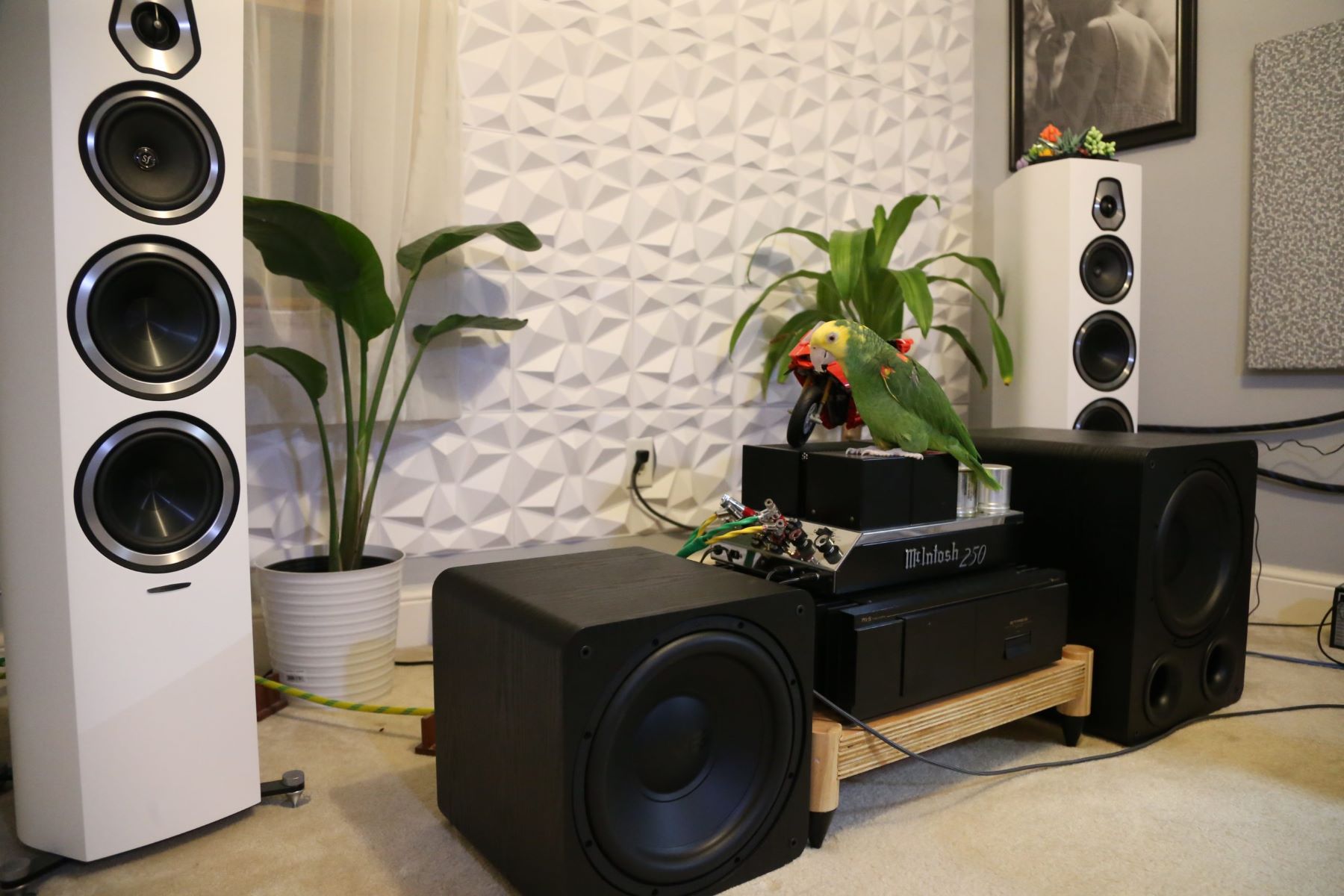

Subwoofer
What Is Better Sealed Or Ported Subwoofer Box
Published: January 22, 2024
Looking to enhance your audio system with a subwoofer? Discover the pros and cons of sealed and ported subwoofer boxes to find the best option for your needs.
(Many of the links in this article redirect to a specific reviewed product. Your purchase of these products through affiliate links helps to generate commission for AudioLover.com, at no extra cost. Learn more)
Table of Contents
Introduction
If you’re a music enthusiast or an audiophile, you know the importance of a good subwoofer in your audio setup. Subwoofers are designed to reproduce low-frequency sounds, adding depth and impact to your music or home theater system. One key consideration when choosing a subwoofer is the type of enclosure it is housed in, specifically whether it is sealed or ported. Understanding the differences between these two types of subwoofer boxes can help you make the right choice for your audio needs.
A sealed subwoofer box, also known as an acoustic suspension enclosure, is a tightly sealed enclosure that does not have any air vents or ports. As the name suggests, the air inside the enclosure is sealed, creating a pressure differential that allows the subwoofer driver to move more freely. On the other hand, a ported subwoofer box, also known as a bass reflex enclosure, has an opening or port that allows air to flow in and out of the enclosure. This design helps enhance the bass response and efficiency of the subwoofer.
Both sealed and ported subwoofer boxes have their own advantages and disadvantages, which we’ll explore in the following sections. It’s important to note that the choice between the two ultimately depends on your personal preferences, the type of music you listen to, and the specific characteristics you desire in the sound reproduction.
Definition of Sealed and Ported Subwoofer Boxes
Before diving into the pros and cons of sealed and ported subwoofer boxes, let’s first define each type in more detail.
Sealed Subwoofer Box
A sealed subwoofer box, also known as an acoustic suspension enclosure, is a type of subwoofer enclosure that is fully sealed with no air vents or ports. This design creates an airtight space around the subwoofer driver, preventing any air from escaping. When the subwoofer driver moves, it compresses and displaces the air inside the box, which in turn generates the bass response.
Ported Subwoofer Box
A ported subwoofer box, also known as a bass reflex enclosure, is designed with a vent or port that allows air to flow in and out of the enclosure. This port is carefully tuned to a specific length and diameter to enhance the bass response of the subwoofer. When the subwoofer driver moves, it generates sound waves that exit through the port, reinforcing the low-frequency output and improving overall efficiency.
Both sealed and ported subwoofer boxes have their own unique characteristics and impact the sound reproduction in different ways. In the next sections, we’ll explore the pros and cons of each type to help you better understand which one may suit your audio needs.
Pros and Cons of Sealed Subwoofer Boxes
Pros:
- Accurate and Tight Bass: Sealed subwoofer boxes are known for providing precise and controlled bass response. The sealed enclosure creates a dampened environment, resulting in cleaner and more accurate bass reproduction without excessive boominess.
- Compact Size: Sealed subwoofer boxes are generally smaller and more compact compared to ported enclosures, making them easier to fit into tight spaces or vehicle installations.
- Less Cone Excursion: Since sealed enclosures have higher internal air pressure, the subwoofer driver requires less cone excursion to produce a given amount of bass output. This can lead to improved driver control and reduced distortion.
Cons:
- Less Efficiency: Sealed subwoofer boxes are less efficient compared to ported enclosures. This means that they require more power to achieve the same volume level as a ported box. Consequently, they may not be the best choice for low-powered amplifiers or those seeking extremely high sound pressure levels.
- Limited Low-Frequency Extension: Sealed enclosures have a natural rolloff in bass frequencies, which means they may not reproduce extremely low frequencies as effectively as ported enclosures.
- Less Impactful Bass: While sealed subwoofer boxes provide accurate bass, they may lack some of the impact and “punch” that can be achieved with a ported enclosure. The sealed design focuses more on tightness and precision rather than sheer physical impact.
It’s important to weigh these pros and cons and consider your specific audio preferences before deciding on a sealed subwoofer box. If accuracy and tight bass response are your top priorities, and you have the amplifier power to drive them effectively, a sealed enclosure may be the perfect choice for you.
Pros and Cons of Ported Subwoofer Boxes
Pros:
- Enhanced Bass Response: Ported subwoofer boxes are known for their ability to produce deeper and more extended low-frequency response. The port allows additional air to move in and out of the enclosure, resulting in increased bass output and a more impactful listening experience.
- Increased Efficiency: Ported enclosures are generally more efficient than sealed enclosures, meaning they can produce higher volume levels with less power. This makes them a great choice for those looking to achieve loud and powerful bass without straining their amplifier.
- Better Low-Frequency Extension: Due to the tuned port, ported subwoofer boxes can reproduce extremely low-frequency sounds with greater accuracy and depth. This can be especially beneficial for genres of music that rely heavily on deep bass, such as electronic music or hip hop.
Cons:
- Less Control and Accuracy: Ported subwoofer boxes tend to have slightly less control and accuracy over bass reproduction compared to sealed enclosures. The ported design allows more freedom of movement for the subwoofer driver, which can result in a slight loss of precision.
- Larger Size: Ported subwoofer boxes typically require more physical space compared to sealed enclosures. The inclusion of a port adds extra depth to the box, making it less ideal for compact installations.
- Potential Port Noise: Improperly designed or tuned ports can result in unwanted noise or “port chuffing” at high-output levels. It’s important to ensure the port is properly sized and tuned to avoid this issue.
Consider these pros and cons when deciding whether a ported subwoofer box is the right choice for your audio system. If you desire deep, powerful bass with increased efficiency and are willing to sacrifice a bit of control and compactness, a ported enclosure may be the ideal option for you.
Sound Quality Comparison Between Sealed and Ported Subwoofer Boxes
When it comes to sound quality, the choice between a sealed and ported subwoofer box ultimately depends on your preferences and listening priorities. Let’s take a closer look at how these two types of enclosures differ in terms of sound reproduction.
Sealed Subwoofer Boxes:
Sealed subwoofer boxes offer precise and accurate bass response. The sealed environment creates a controlled and tight sound, allowing for clear and well-defined bass notes. The absence of a tuned port eliminates any potential port noise, resulting in a cleaner and quieter listening experience. Additionally, sealed enclosures tend to have a faster transient response, meaning they can accurately reproduce quick changes in bass sounds.
Ported Subwoofer Boxes:
Ported subwoofer boxes are known for their ability to produce deeper and more impactful bass. With the addition of a tuned port, these enclosures can generate a greater volume of bass at lower frequencies. This can create a more immersive listening experience for genres that heavily rely on deep bass, such as electronic music or action movie soundtracks. However, it’s important to note that ported enclosures may sacrifice a bit of accuracy and control compared to sealed enclosures.
It’s important to consider your listening preferences and the type of music you enjoy when choosing between sealed and ported subwoofer boxes. If you prioritize accuracy, precision, and a more controlled bass response, a sealed enclosure may be the better choice. On the other hand, if you crave deep, impactful bass that can fill a room, and don’t mind sacrificing a bit of accuracy for more low-end extension, a ported enclosure may be the way to go.
Ultimately, the sound quality of a subwoofer will also be influenced by other factors such as the quality of the subwoofer driver and amplifier, as well as proper placement and room acoustics. It’s important to consider the overall audio system and how all the components work together to achieve the desired sound signature.
Factors to Consider When Choosing Between Sealed and Ported Subwoofer Boxes
When deciding between a sealed and ported subwoofer box, there are several key factors to consider. These factors will help you determine which type of enclosure is best suited for your specific audio needs and preferences.
Listening Preferences:
Consider your personal listening preferences and the type of music you enjoy. If you prefer accuracy, tightness, and controlled bass, a sealed subwoofer box may be the better choice. If you crave deep, impactful bass and enjoy genres that heavily rely on low-frequency sounds, such as electronic or hip-hop, a ported subwoofer box may be more suitable.
Available Space:
Consider the available space in your vehicle or listening room. Sealed subwoofer boxes are generally more compact and suitable for tight spaces. Ported enclosures, on the other hand, require more physical space due to the inclusion of the port. Ensure that you have enough space to accommodate the dimensions of the chosen enclosure.
Amplifier Power:
Take into account the power capabilities of your amplifier. Sealed subwoofer boxes are less efficient and require more power to achieve the same volume levels as ported enclosures. If you have a low-powered amplifier, a sealed enclosure may be a better option. However, if you have a high-powered amplifier, a ported enclosure can take advantage of the additional power and produce louder and more impactful bass.
Desired Bass Response:
Consider the specific characteristics of bass response that you desire. Sealed subwoofer boxes offer precise and controlled bass with a focus on accuracy. Ported enclosures provide deeper and more impactful bass with increased low-end extension. Think about whether you prioritize tightness and precision or if you prefer a more robust and energetic low-frequency reproduction.
Room Acoustics:
Take into account the acoustic properties of your listening room. The size and layout of the room can have an impact on how the subwoofer interacts with the space. Sealed subwoofer boxes tend to be less influenced by room acoustics, making them more forgiving in different room environments. Ported enclosures may require additional consideration and tuning to optimize bass performance in specific room setups.
By considering these factors, you can make an informed decision when choosing between sealed and ported subwoofer boxes. It’s important to find the right balance between your personal preferences, available space, amplifier capabilities, and desired bass characteristics to achieve the best audio experience.
Conclusion
Choosing between a sealed and ported subwoofer box ultimately comes down to your personal preferences and audio needs. Both enclosure types have their own unique advantages and considerations, and understanding these differences is crucial in making the right decision.
If you prioritize accuracy, controlled bass response, and have limited space, a sealed subwoofer box may be the ideal choice for you. Sealed enclosures provide precise and tight bass reproduction with smaller dimensions, making them suitable for compact installations.
On the other hand, if you crave deep, impactful bass with increased low-frequency extension and are willing to sacrifice a bit of accuracy for more volume, a ported subwoofer box may be the better option. Ported enclosures deliver more dynamic and energetic bass, making them a great choice for genres that heavily rely on deep bass notes.
Remember to consider factors such as listening preferences, available space, amplifier power, desired bass response, and room acoustics when making your decision. Each of these factors plays a crucial role in determining which type of enclosure will best complement your audio system and deliver the sound quality you desire.
Ultimately, the choice between a sealed and ported subwoofer box is a matter of personal preference and the specific characteristics you value in your audio setup. Whichever option you choose, investing in a high-quality subwoofer and ensuring proper placement and calibration will further enhance your overall audio experience.
So take the time to evaluate your needs, consider the pros and cons, and make an informed decision. Whether you go for the accuracy of a sealed subwoofer box or the deep, impactful bass of a ported enclosure, the right choice will enhance your audio setup and make for a more satisfying listening experience.



